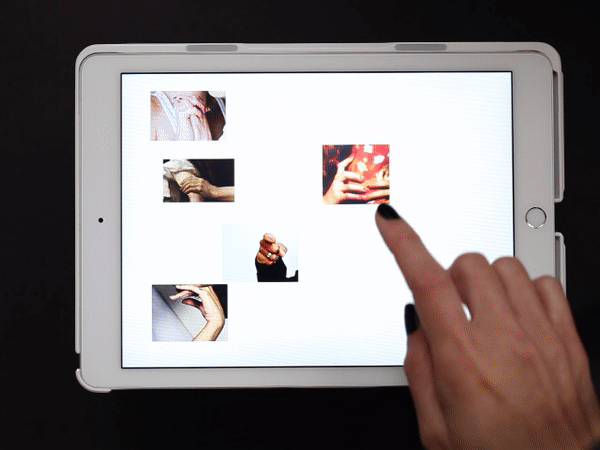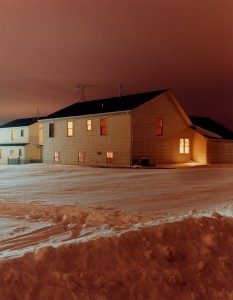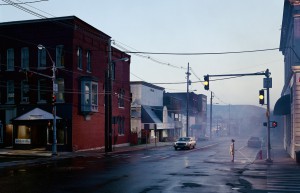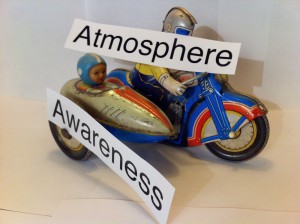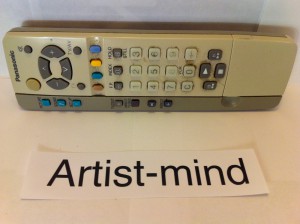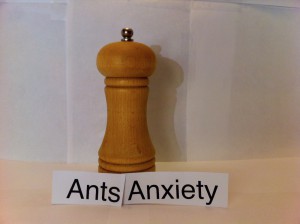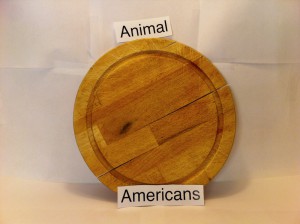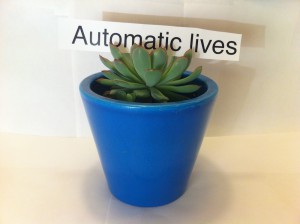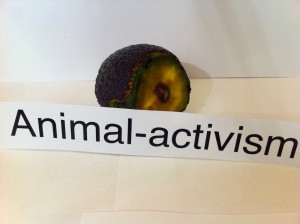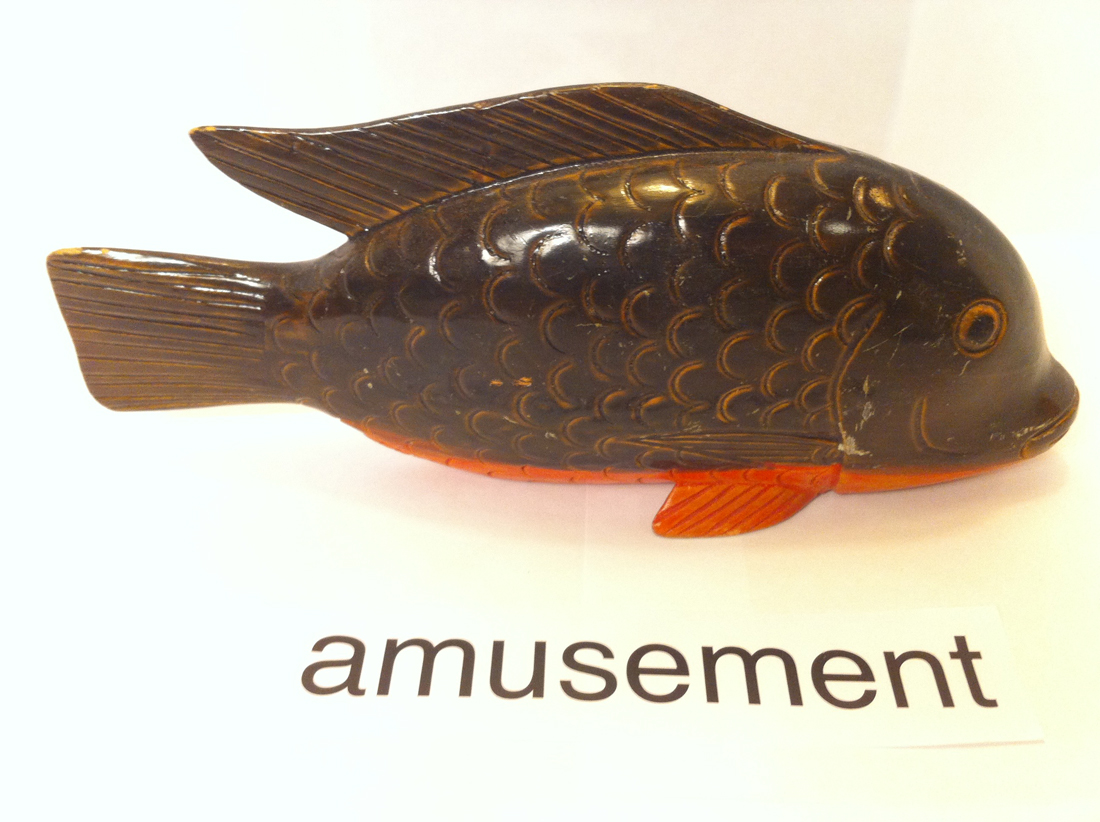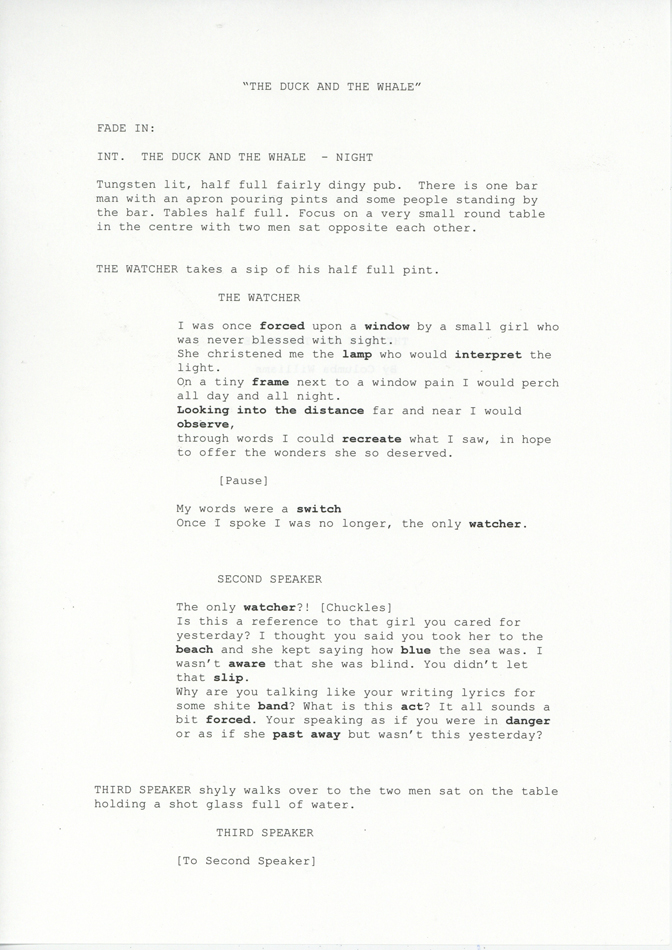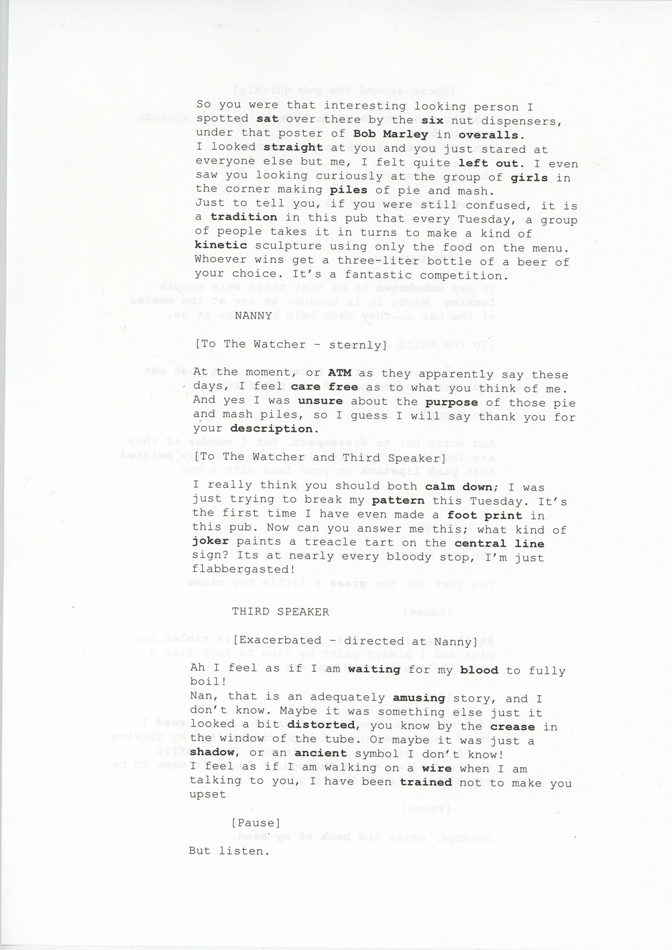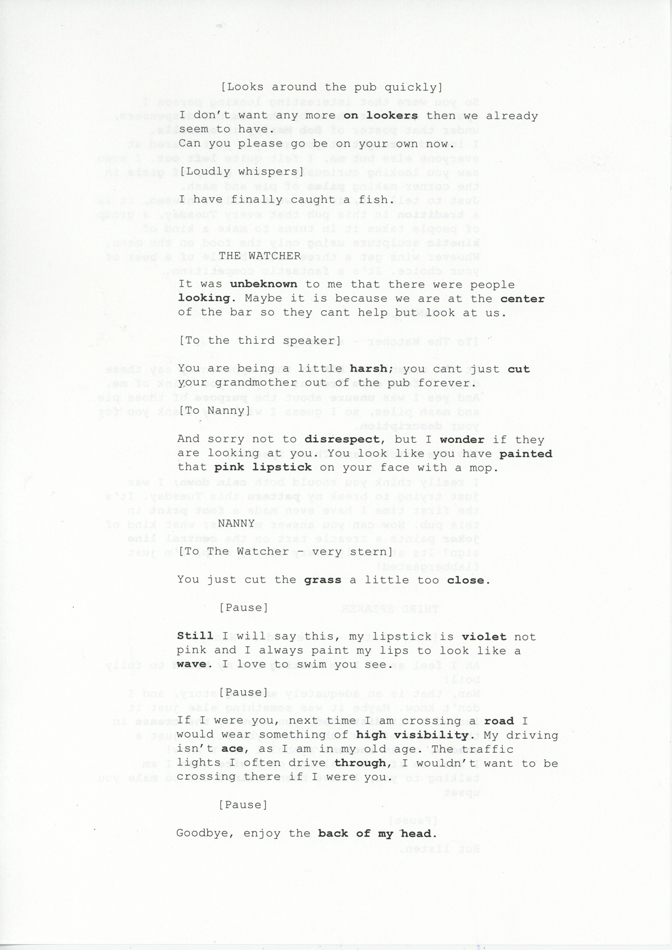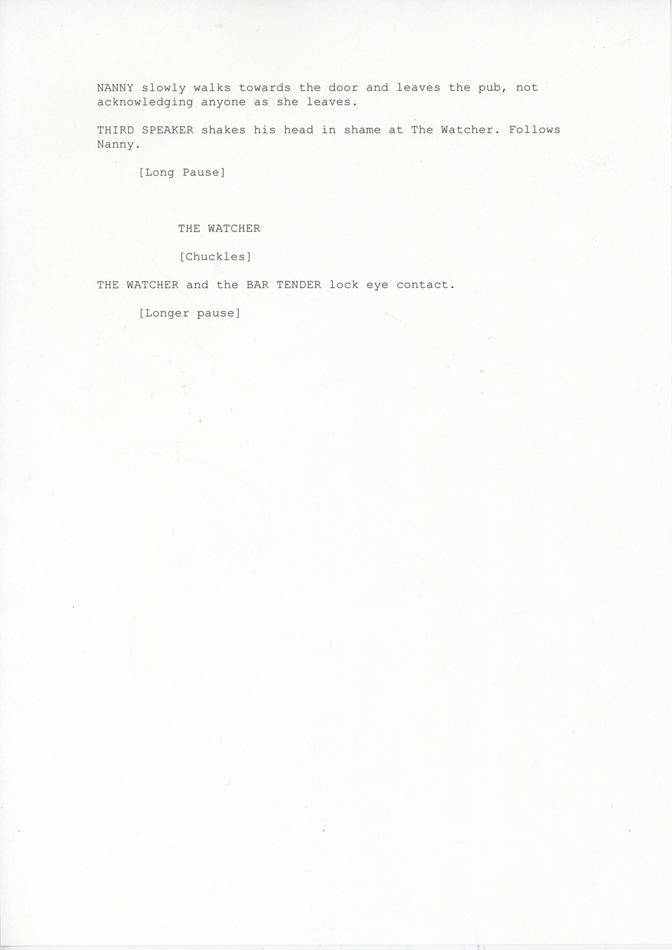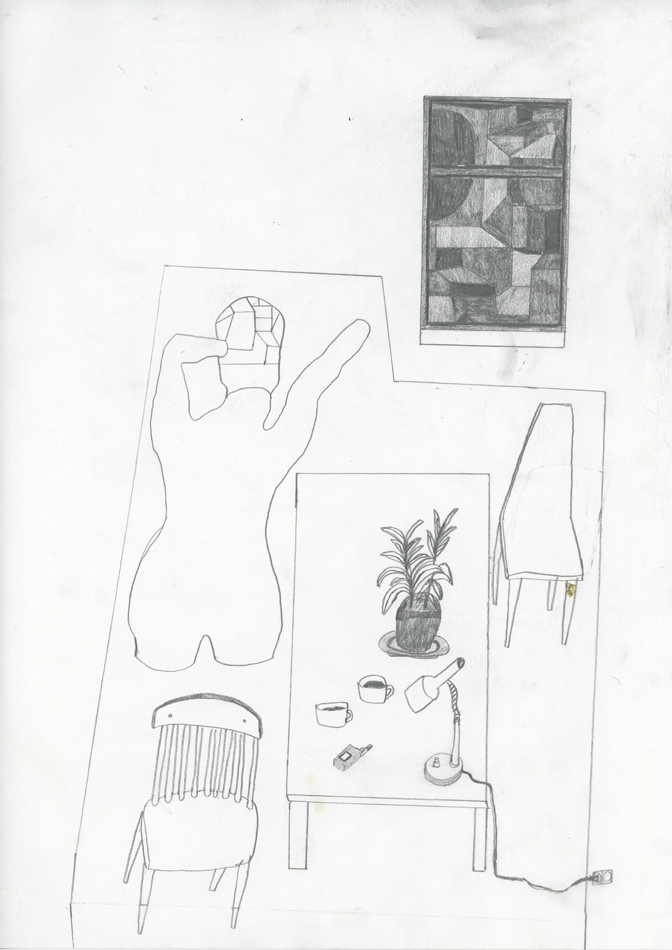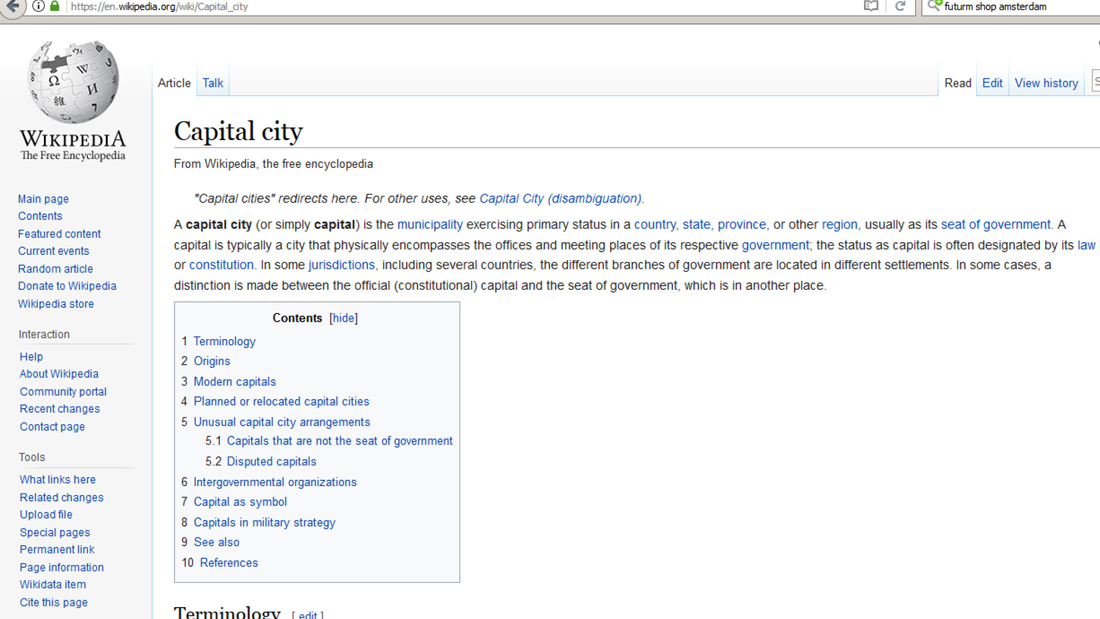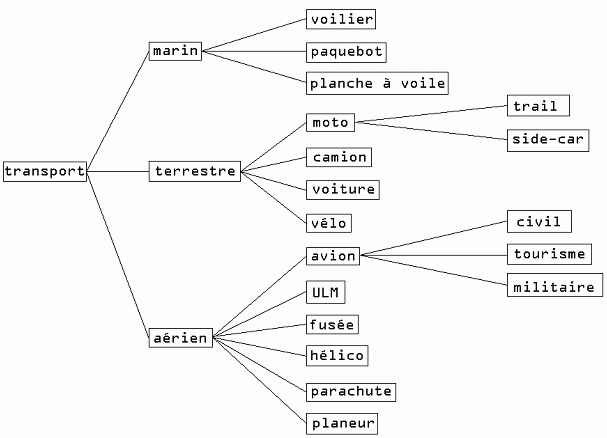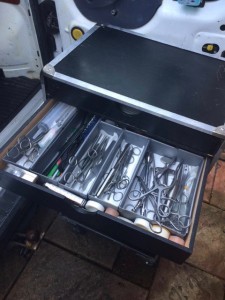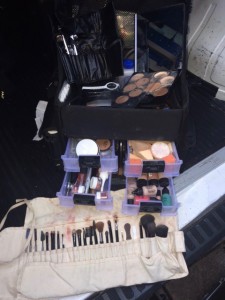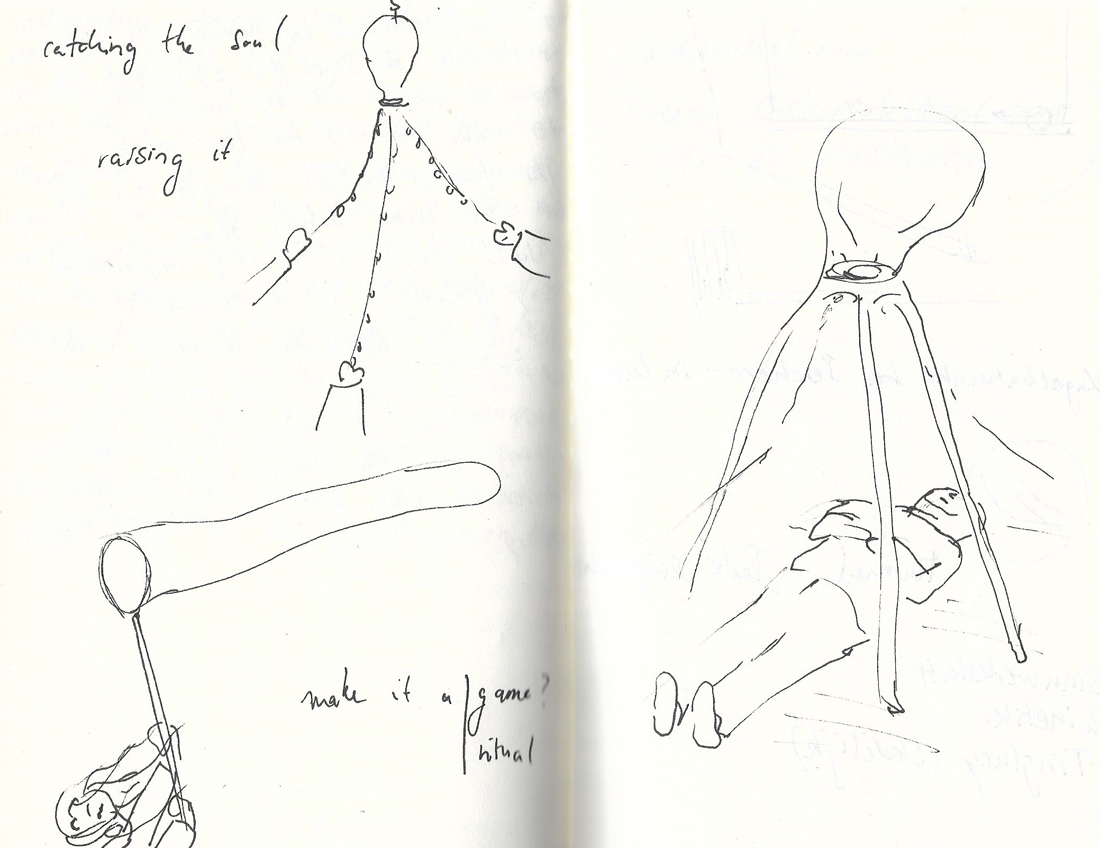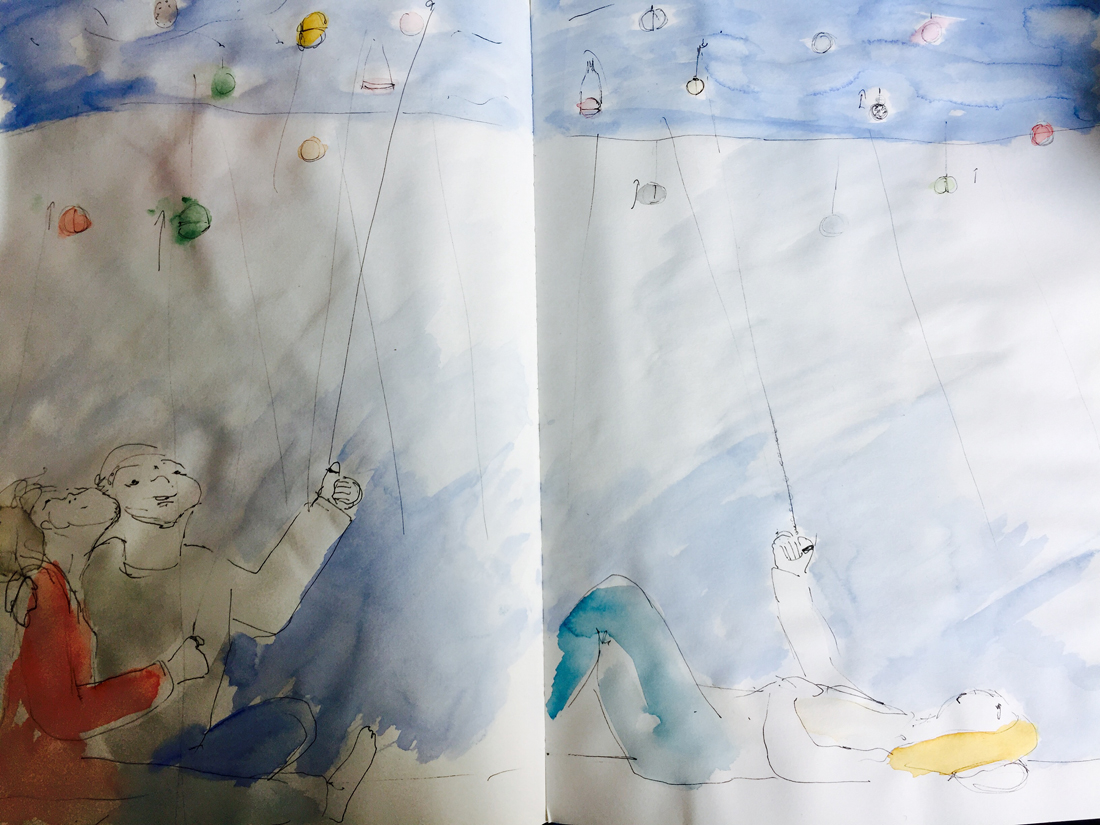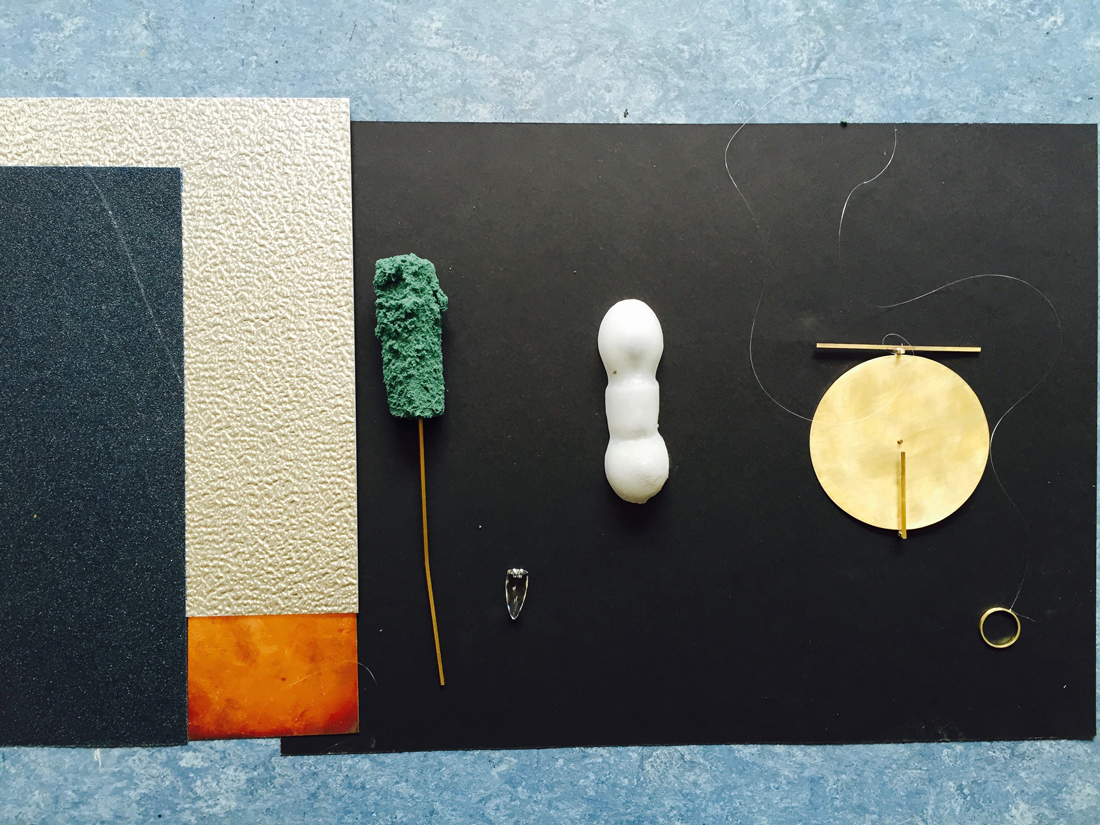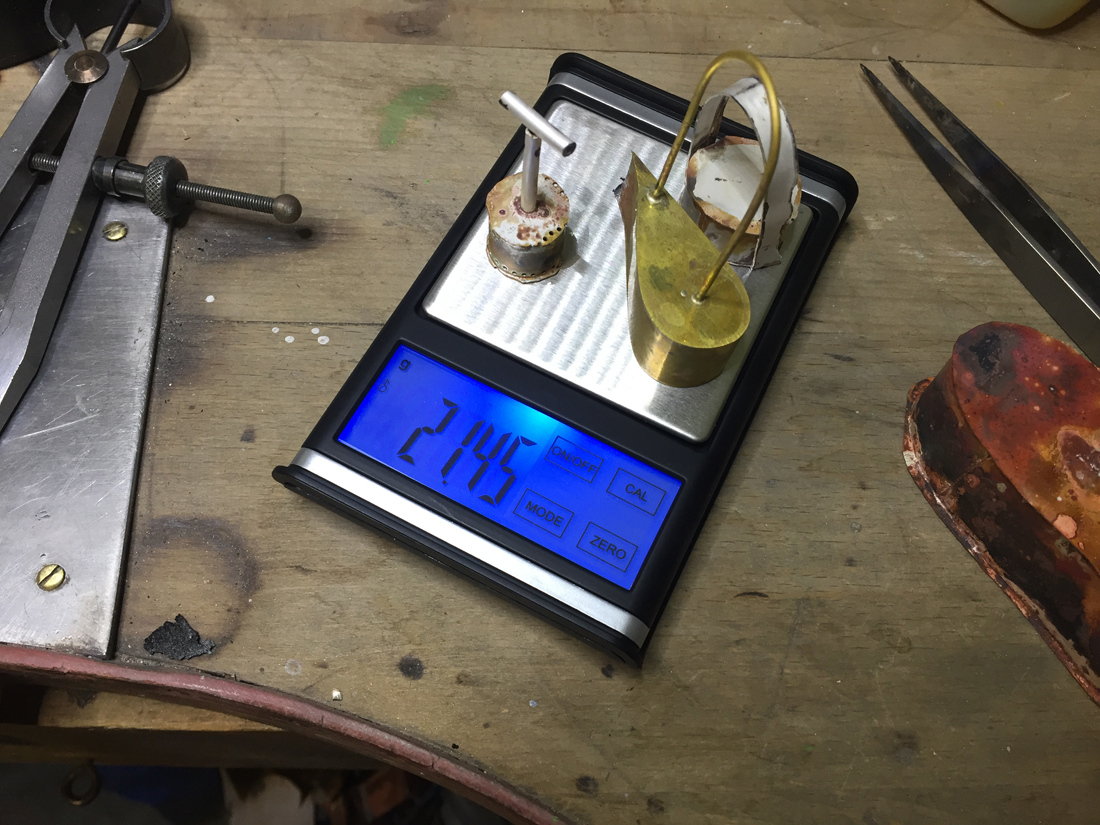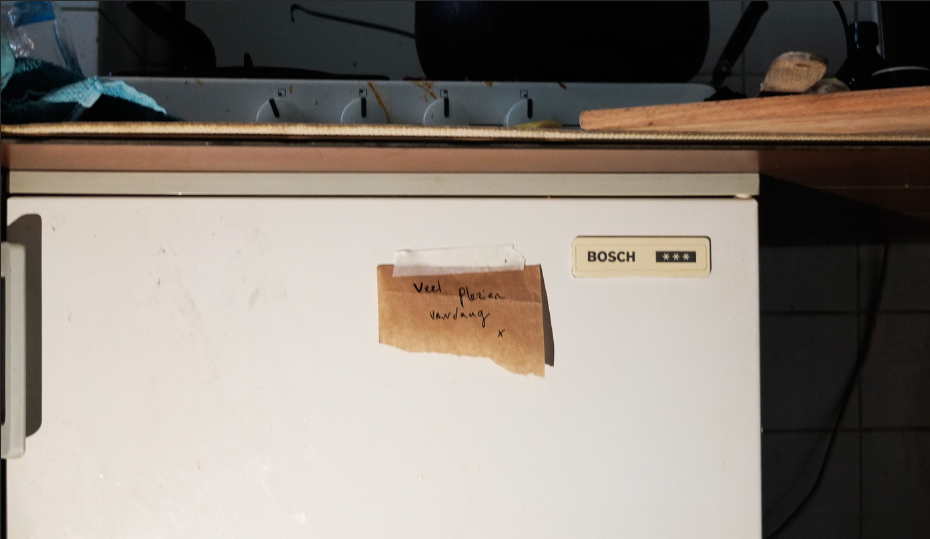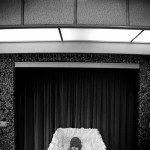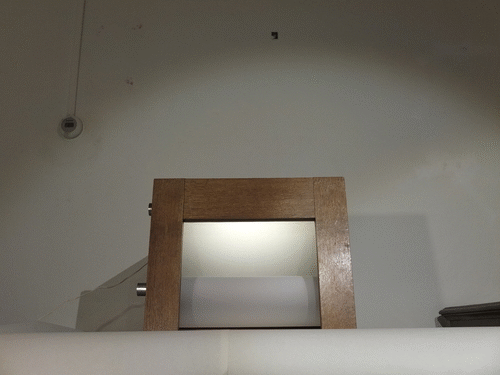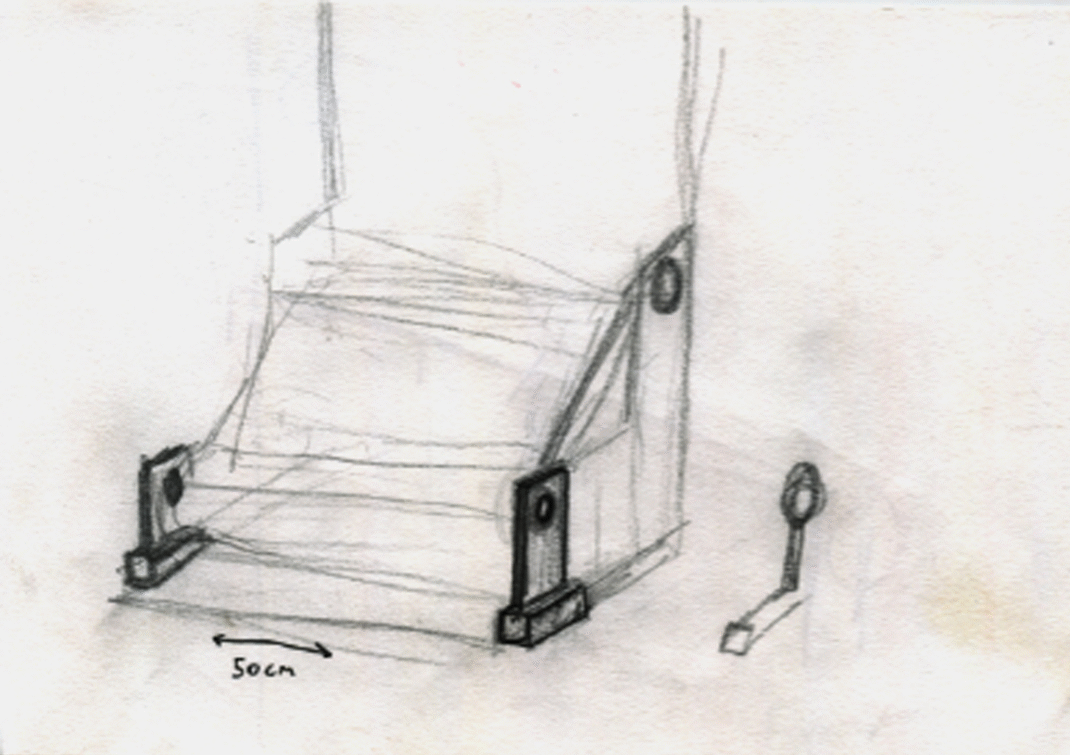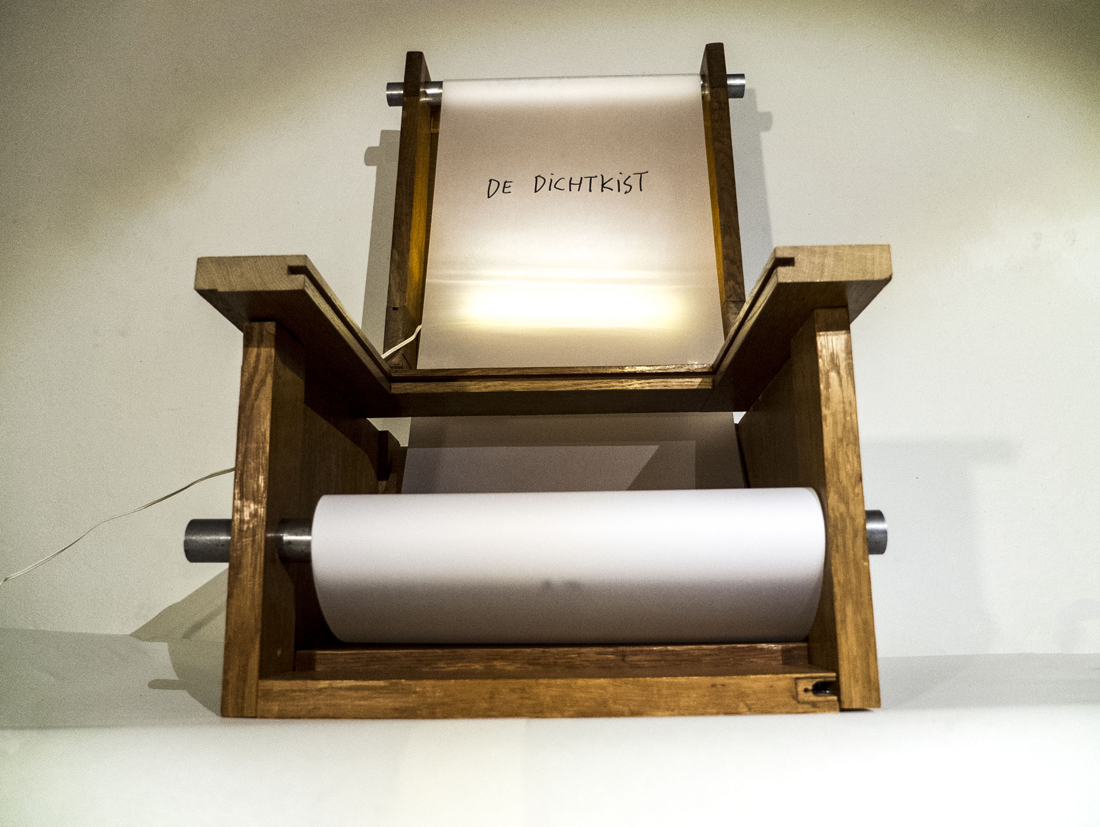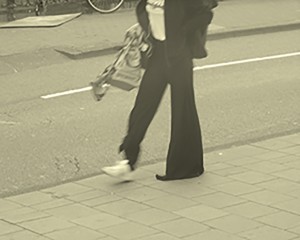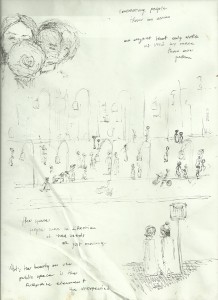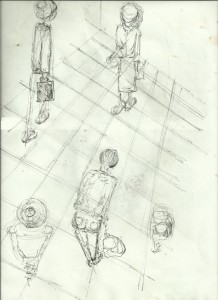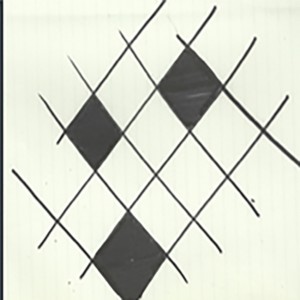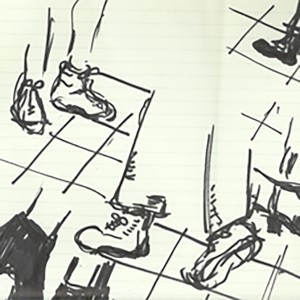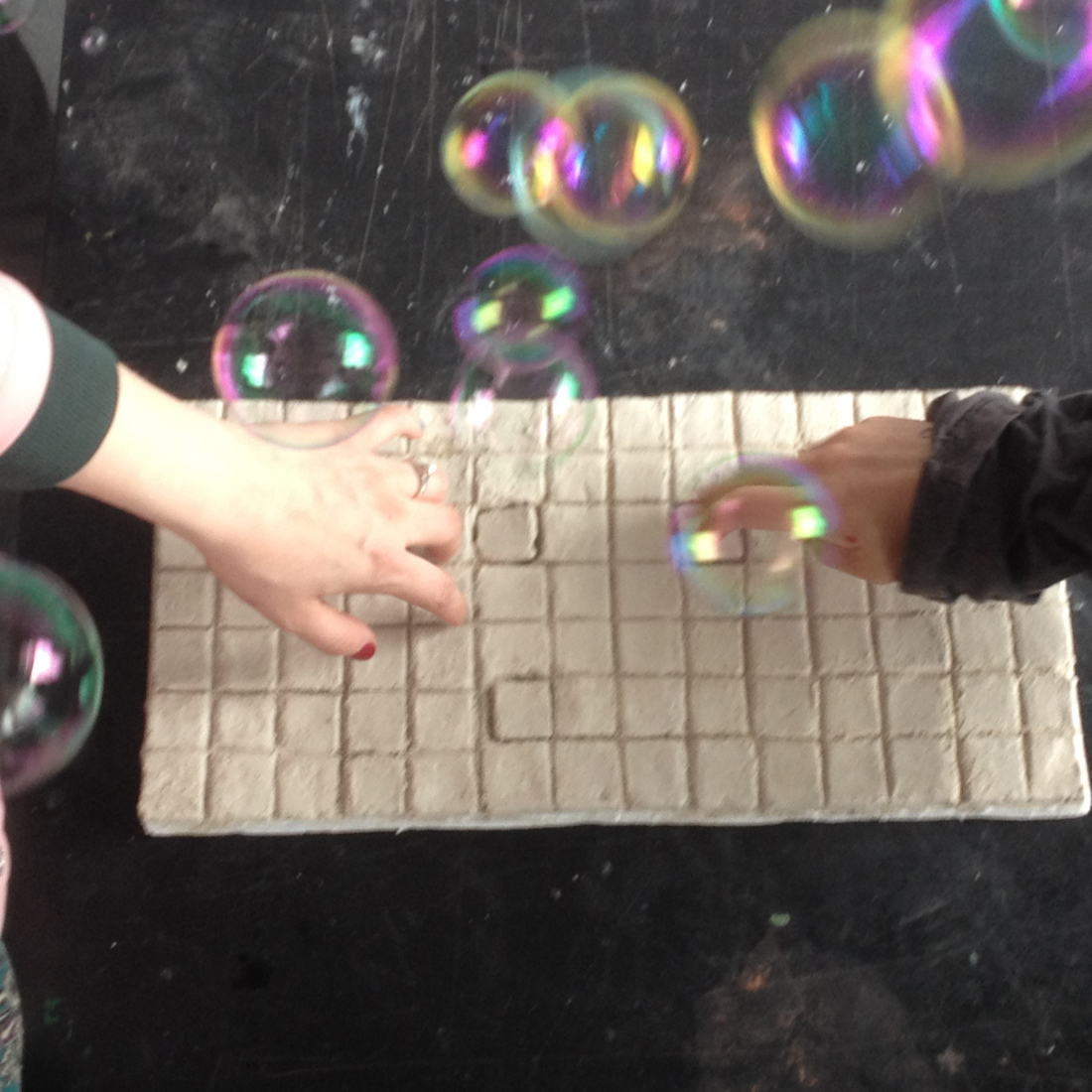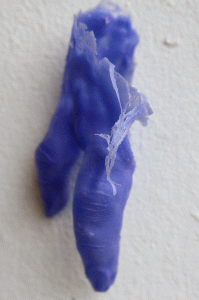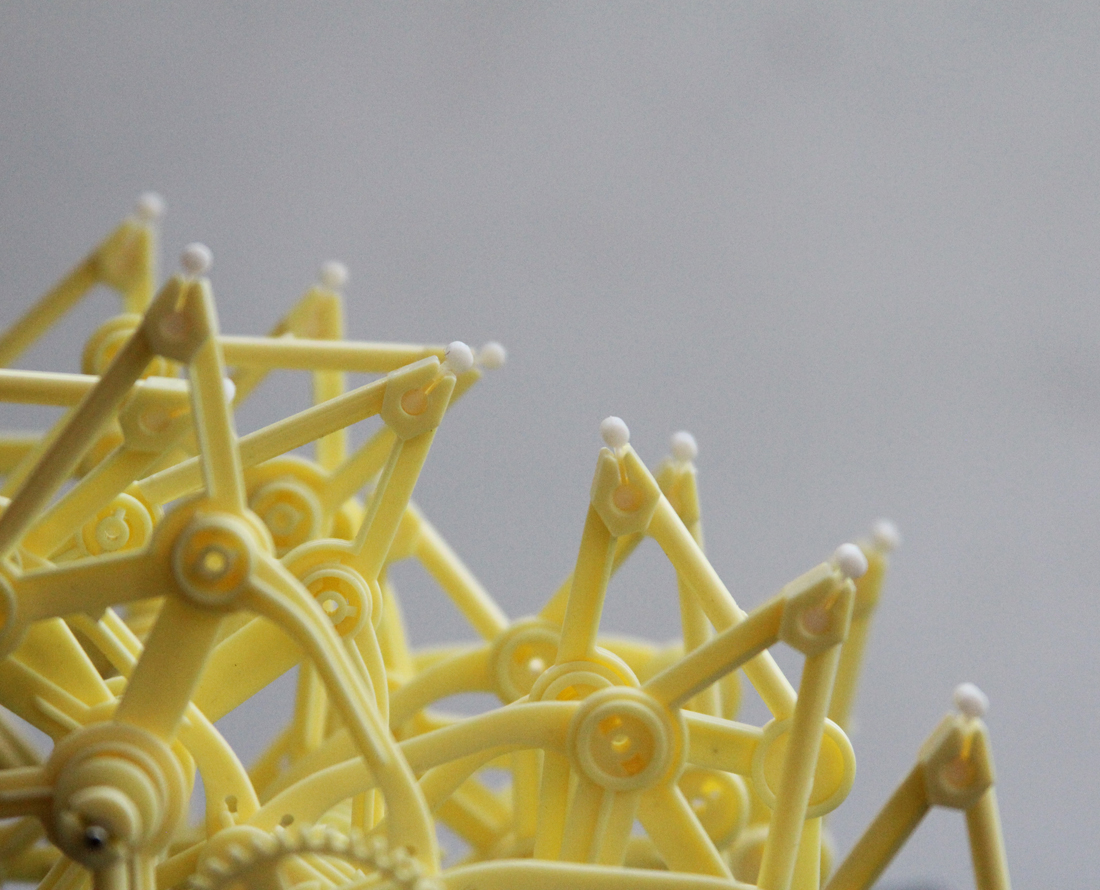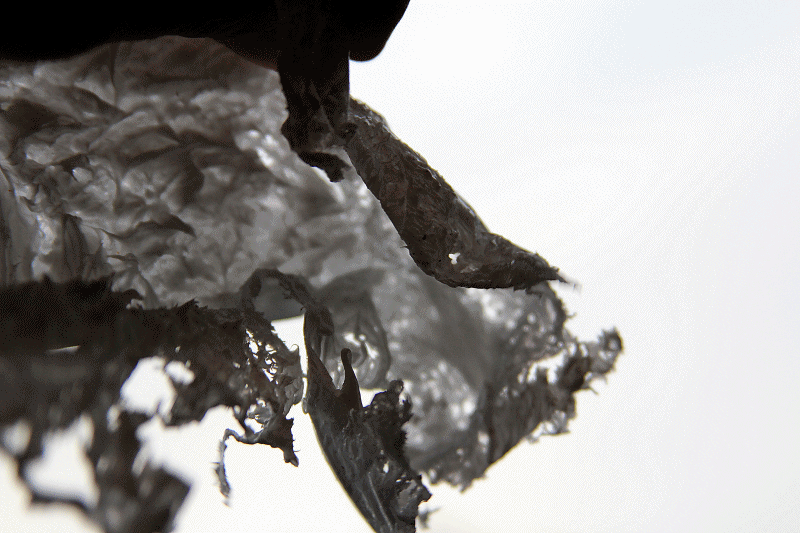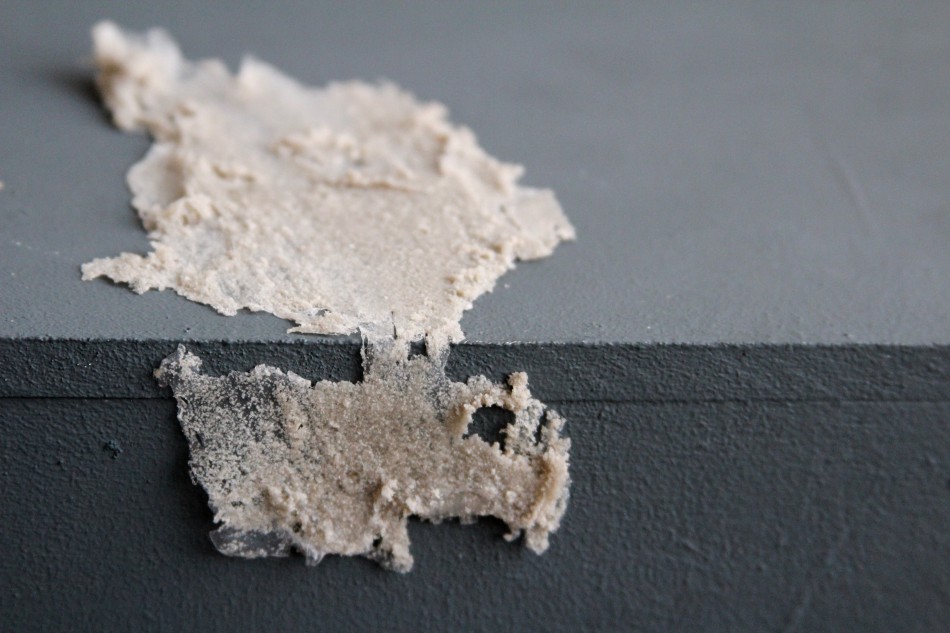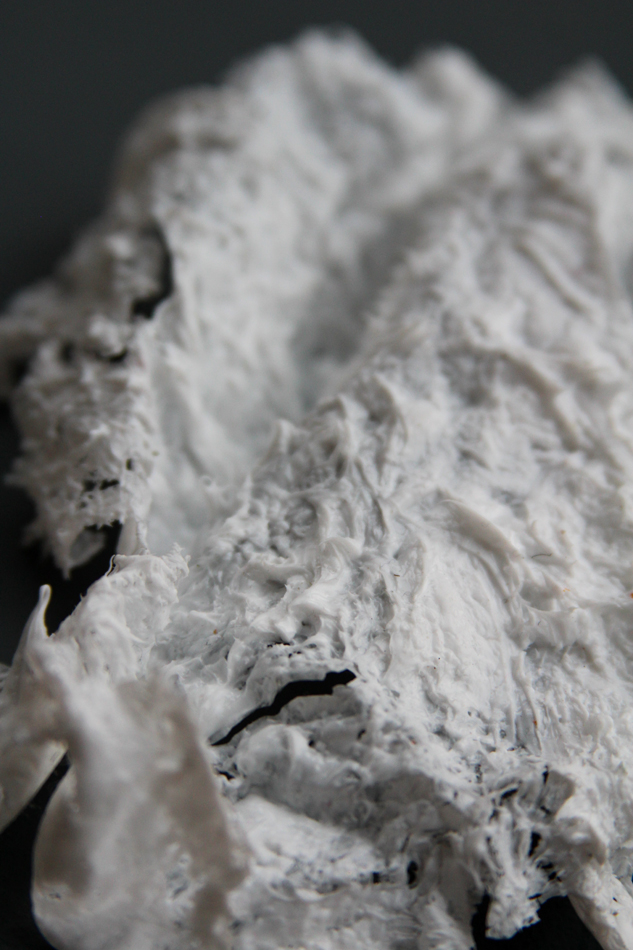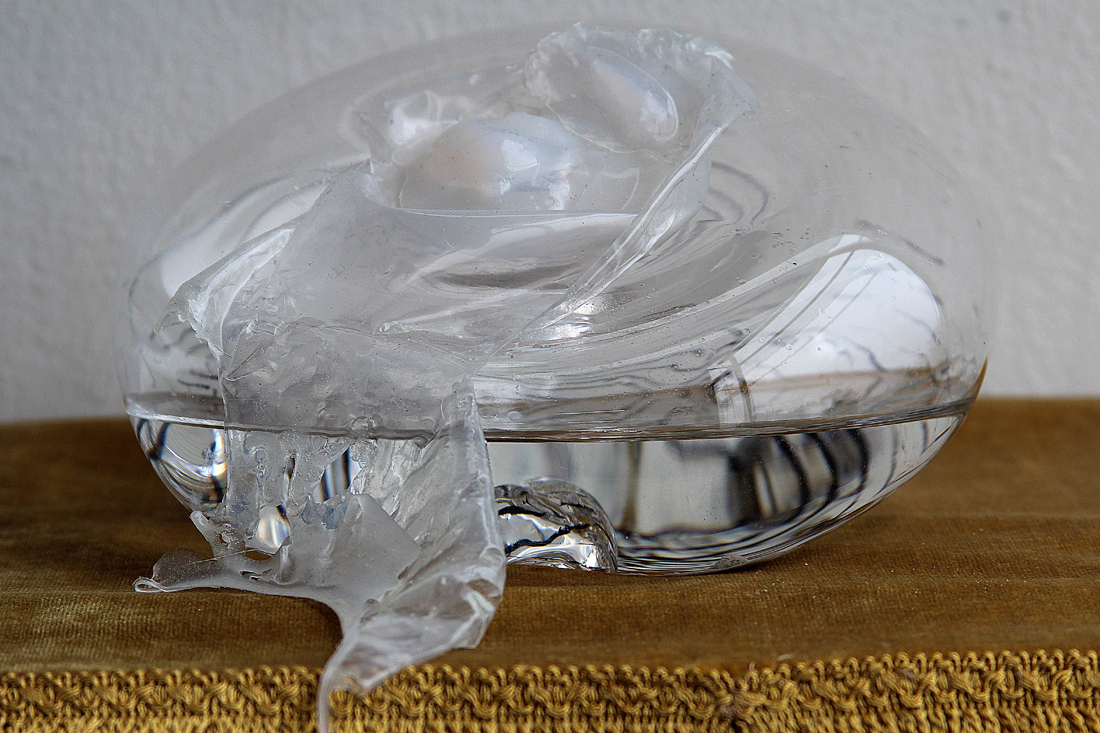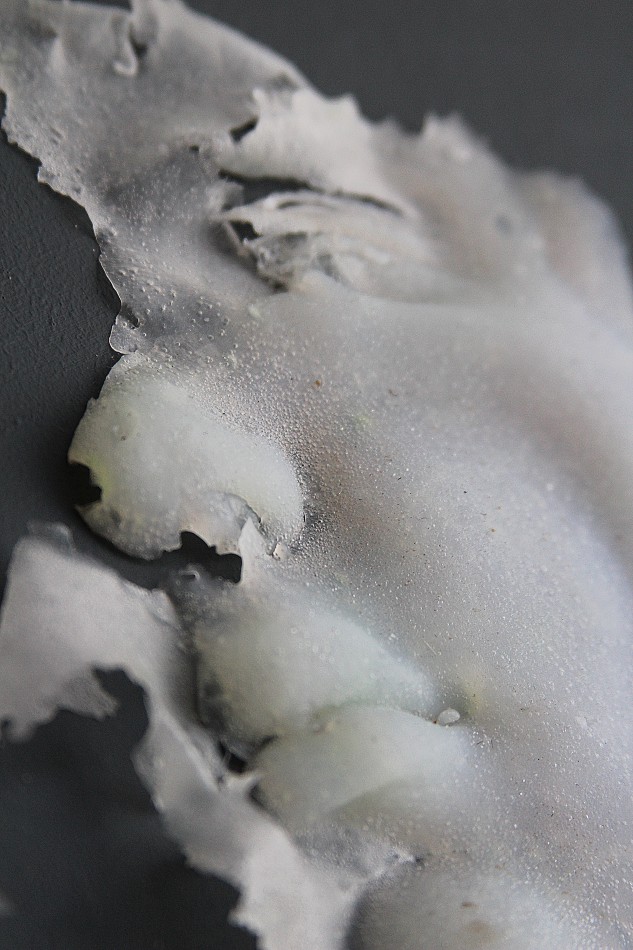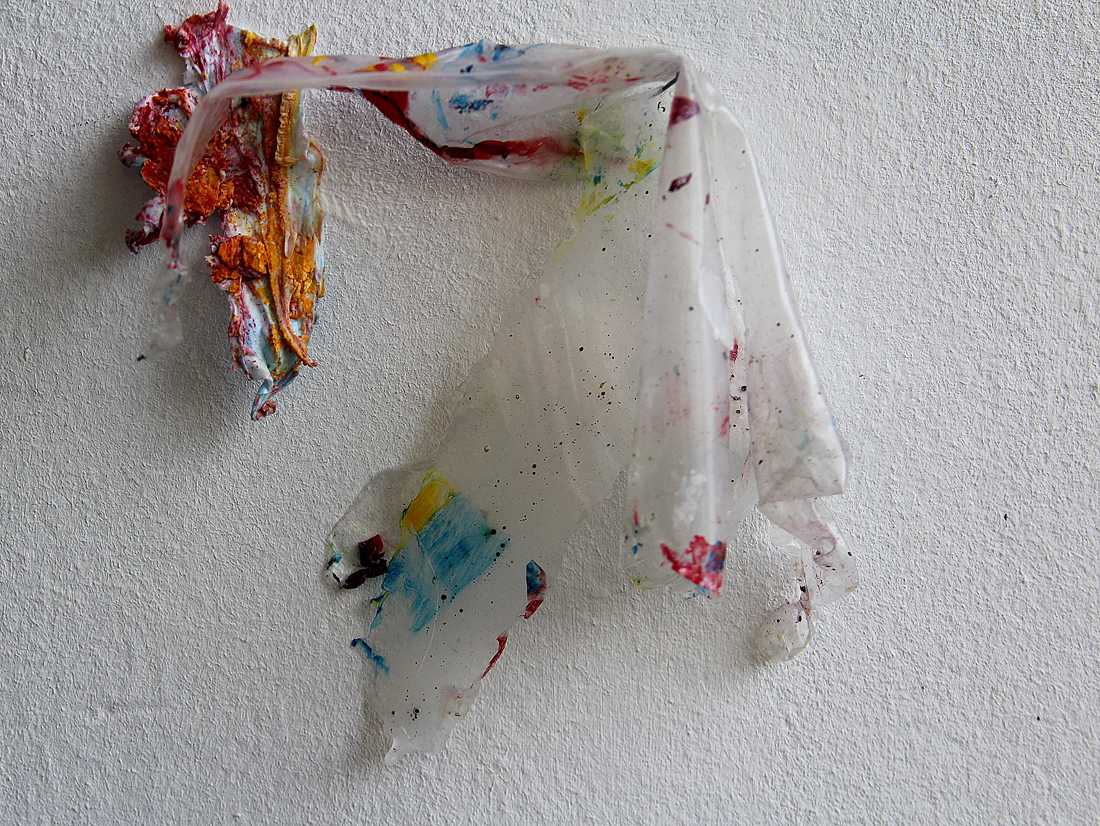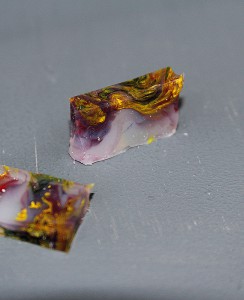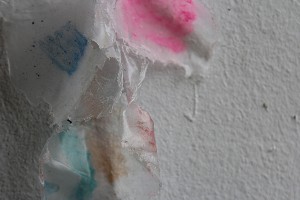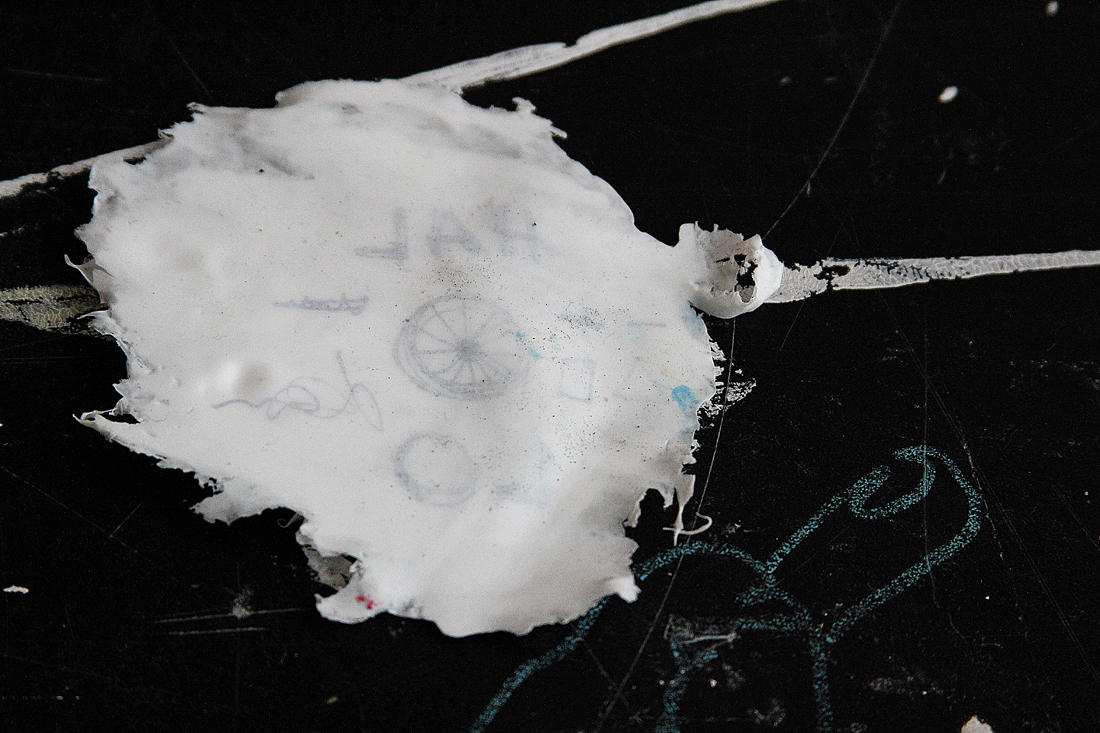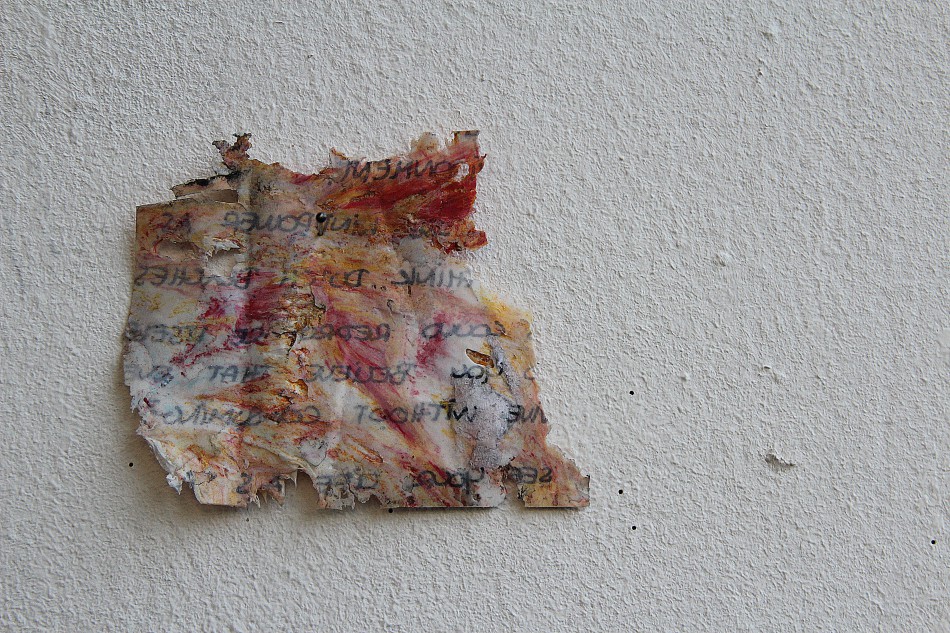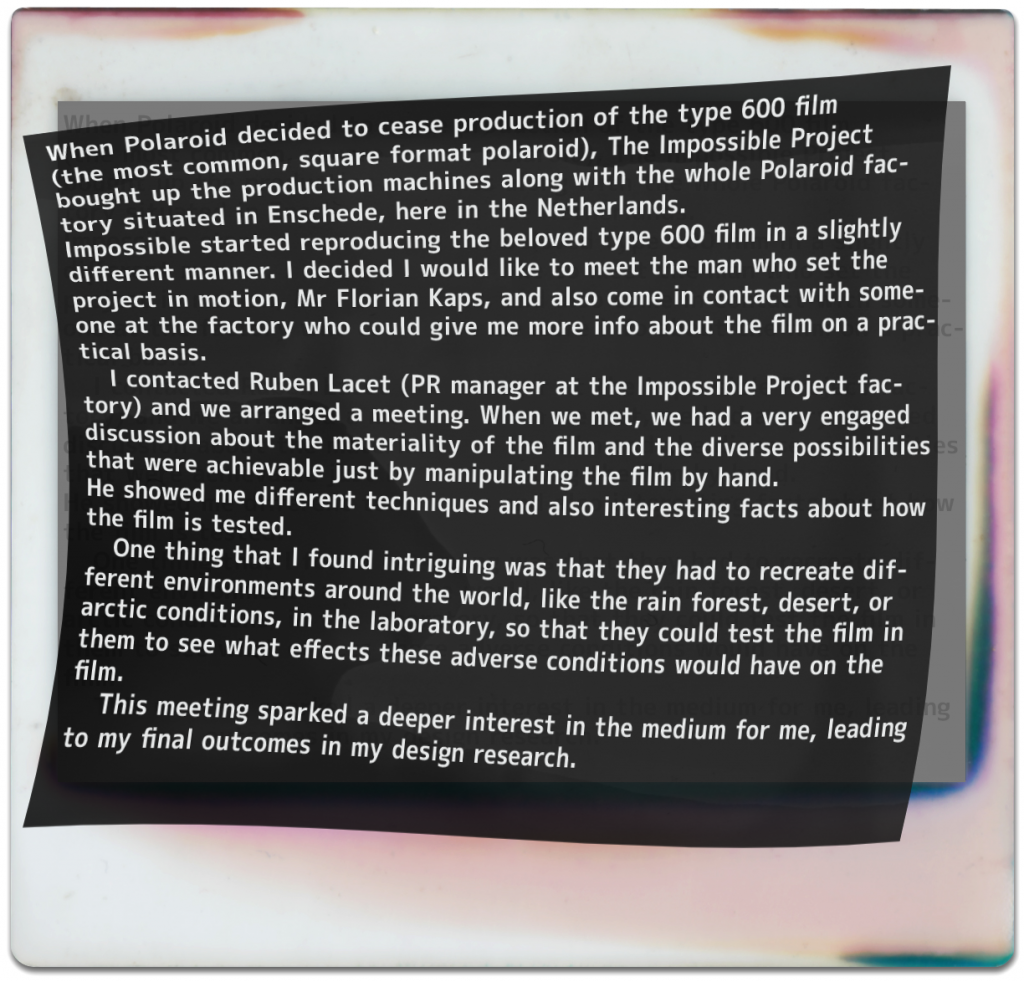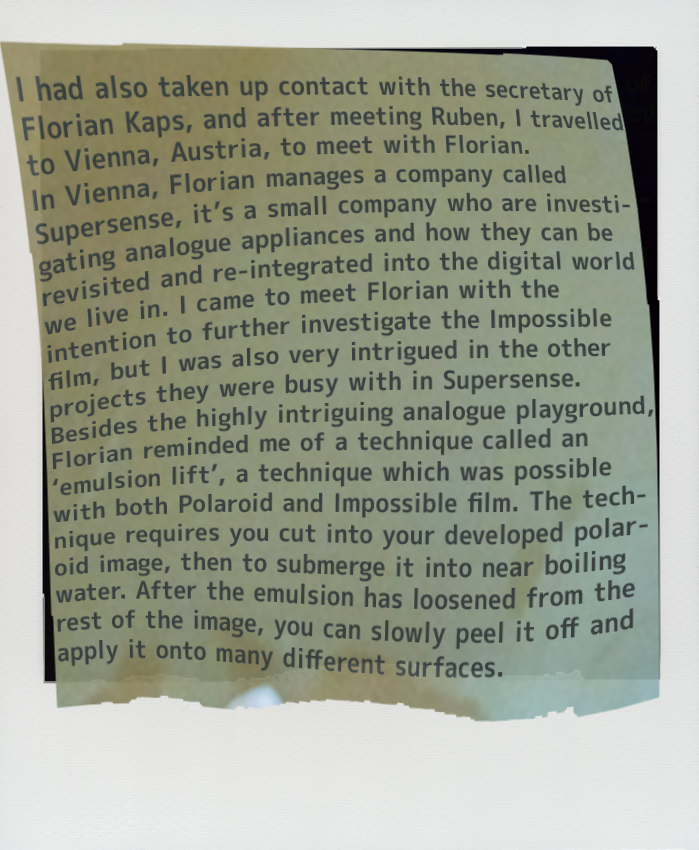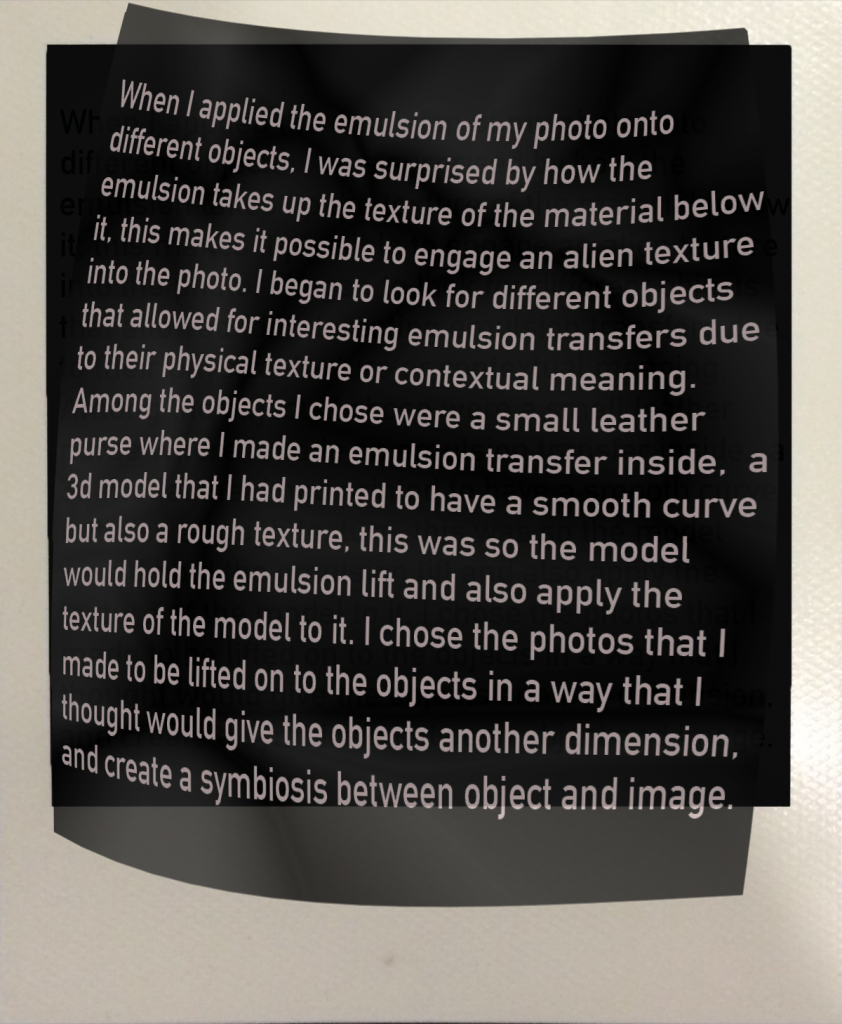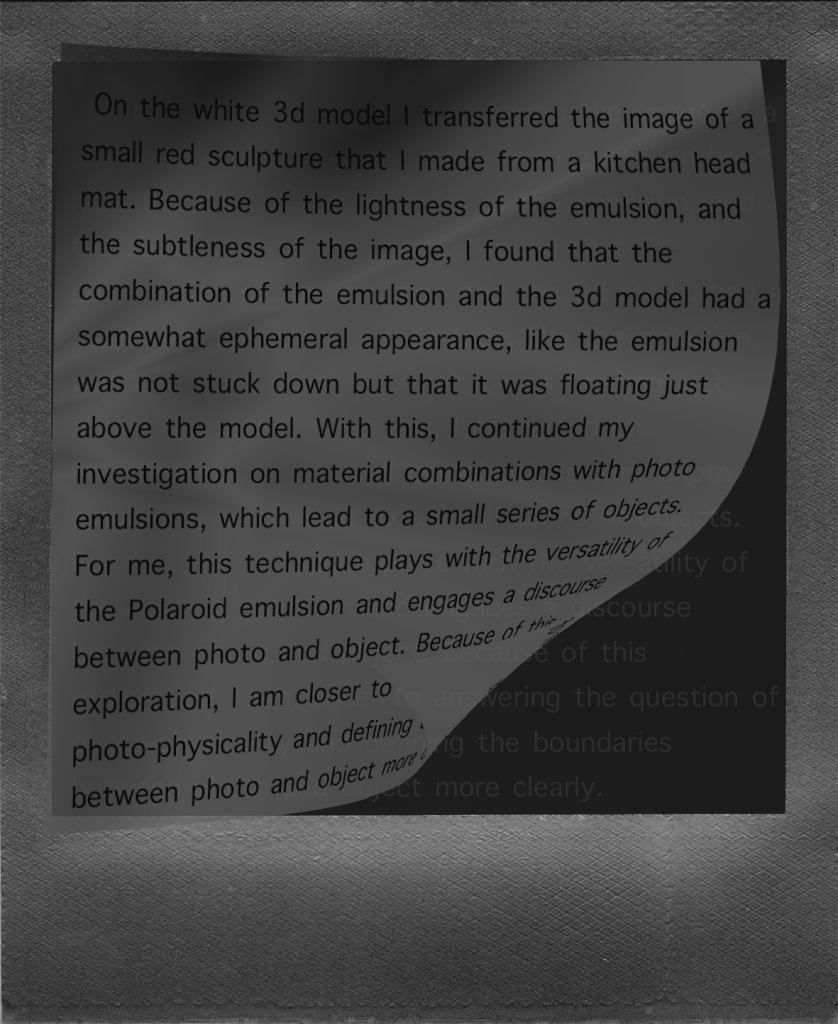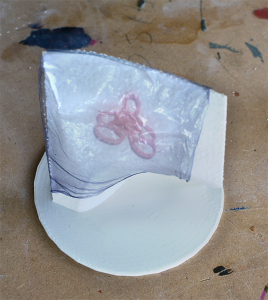
Learning and being confronted to new languages this year, I noted funny and intersting bridges inbetween languages. These are homonyms or linguistic loans interpreted differently ; nice coincidences, attesting of the different ways that each language deals with its reality. Here I propose to relate English, French, Dutch and even German, according to different homonyms that I was confronted by this year.
Understand what you want
or what you can.
Hier
[bijwoord]
Op deze plaats: van hier tot ginder (of: gunder), van hier
tot Tokio heel ver, heel groot; hier en daar op sommige plaatsen
Hier
[adverb]
1. a.Räumlich; hinweisend; an dieser Stelle, an diesem Ort, an
dem der Sprecher sich befindet oder auf den er hindeutet
b.Bezieht sich auf jemanden, etwas in unmittelbarer Nähe, auf
den bzw. worauf der Sprecher ausdrücklich hinweist
c.zur Verdeutlichung einer Geste, mit der der Sprecher dem
Angeredeten etwas überreicht, erteilt
d.in dem vorliegenden Zusammenhang, Fall, Punkt
2. zu diesem [genannten] Zeitpunkt, in diesem Augenblick
Hier
[adverbe]
(latin heri)
1. Le jour qui précède immédiatement celui où l’on est
(dans le discours direct).
2. Il y a peu de temps, à une date encore récente ou proche.
Fast
[adverb]
kaum noch von einem bestimmten Zustand, Ergebnis, Ausmaß, einer Anzahl, Größe o.?Ä. entfernt; einer
genannten Angabe ziemlich nahekommend; beinahe, nahezu
Fast
[adjective]
1. Moving or capable of moving at high speed.
2. Predicative or as complement (of a clock or watch) Showing a time ahead of the correct time.
3. Firmly fixed or attached.
4. Photography(of a film) Needing only a short exposure.
5. (of a dye) Not fading in light or when washed.
6. Engaging in or involving activities characterized by excitement, extranvagance, and risk-taking.
7. West Indian (of a person) Prone to act in an unacceptably familiar way.
[verb]
Abstain from all or some kinds of food or drink, especially as a religious observance.
[noun]
An act or period of fasting.
Faste
[nom masculin]
(bas latin fastus, luxe)
Étalage de magnificence, déploiement de tous les signes extérieurs
du luxe : Le faste d’une cérémonie.
Gift
[Substantiv, Neutrum]
In der Natur vorkommender oder künstlich hergestellter Stoff, der nach Eindringen in den Organismus eines Lebewesens eine schädliche, zerstörende, tödliche Wirkung hat (wenn er in einer bestimmten Menge, unter bestimmten Bedingungen einwirkt).
Gift
[noun]
1. A thing given willingly to someone without payment; a present.
2. A natural ability or talent. 2A natural ability or talent.
[verb]
Give (something) as a gift, especially formally or as a donation or bequest.
[noun]
Medicine Gamete intrafallopian transfer, a technique for assisting conception by introducing mixed ova and sperm into a fallopian tube.
Ziel, das
[Substantiv, Neutrum]
1. (a) Punkt, Ort, bis zu dem jemand kommen will, den jemand erreichen will
(b) Sport Ende einer Wettkampfstrecke (das durch eine Linie, durch Pfosten o.?Ä. markiert ist)
2. etwas, was beim Schießen, Werfen o.?Ä. anvisiert wird, getroffen werden soll
3. etwas, worauf jemandes Handeln, Tun o.?Ä. ganz bewusst gerichtet ist, was jemand als Sinn und Zweck, angestrebtes Ergebnis seines Handelns, Tuns zu erreichen sucht
4. Kaufmannssprache veraltend Zahlungsfrist, -ziel; Termin
Ziel
[meervoud: zielen]
1. (de; v(m)) het niet-stoffelijk gedeelte vanwaaruit de mens leeft; (religie) onsterfelijk deel van de mens: ter ziele gaan
(a) sterven;
(b) ophouden te bestaan; God hebbe zijn ziel gezegd van een overledene; met zijn ziel onder zijn arm lopen doelloos en zich vervelend; zich methart en ziel aan iets wijden met zijn hele wezen; iem. op zijn ziel trappen hem krenken, beledigen
2. (de; m,v) persoon, mens: hoe meer zielen hoe meer vreugd hoe meer gasten hoe prettiger; zieltjes winnen bekeerlingen maken
Soul
[noun]
1. The spiritual or immaterial part of a human being or animal, regarded as immortal.
2. Emotional or intellectual energy or intensity, especially as revealed in a work of art or an artistic performance.
3. The essence or embodiment of a specified quality.
Soûl, Soûle
[adjectif]
1. (familier) Qui est ivre, qui a bu avec excès d’une boisson alcoolisée .
2. Qui est pleinement rassasié de quelque chose, qui en a eu au-delà de ses désirs.
3. Qui est grisé, enivré, étourdi.
* False-Friends

